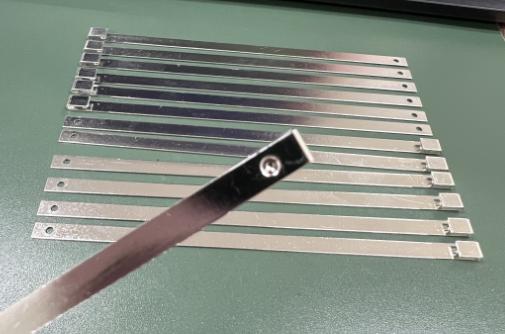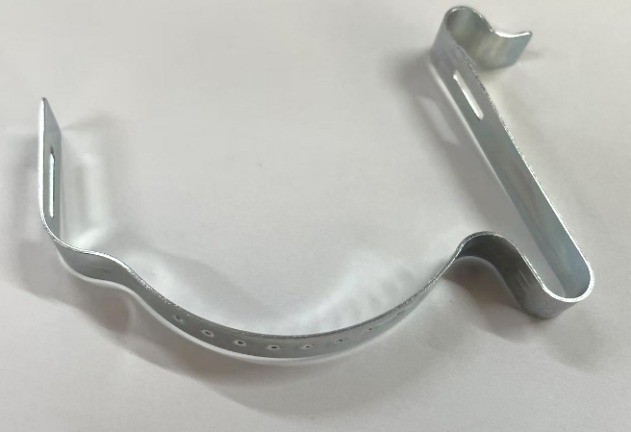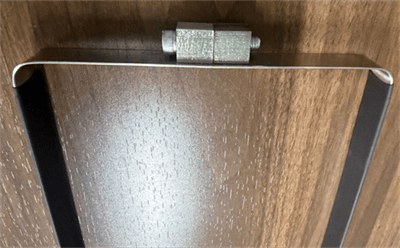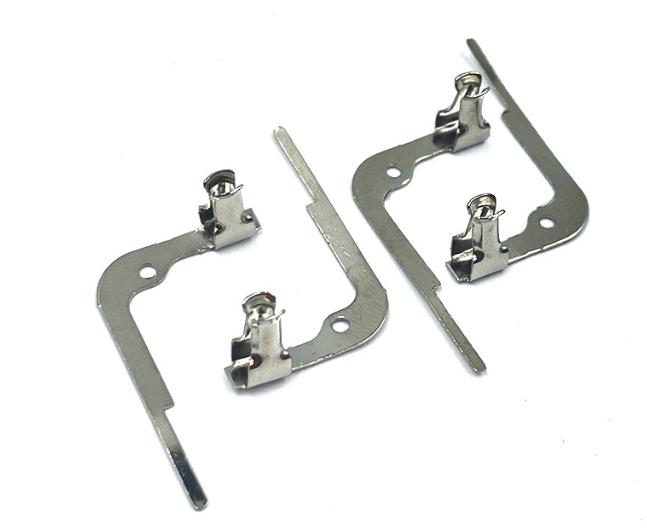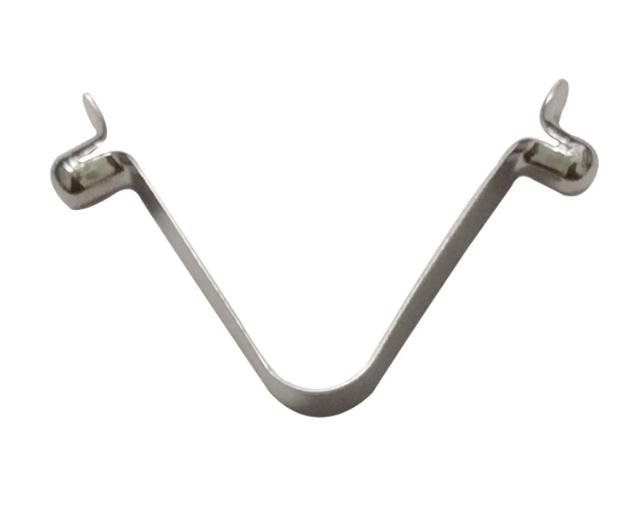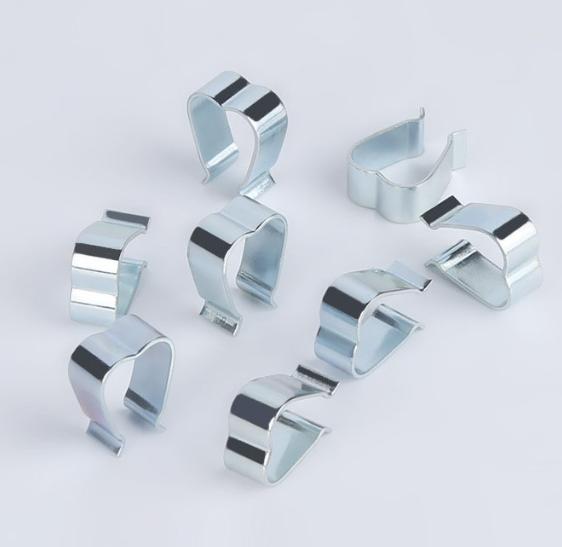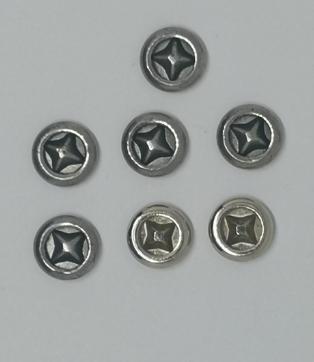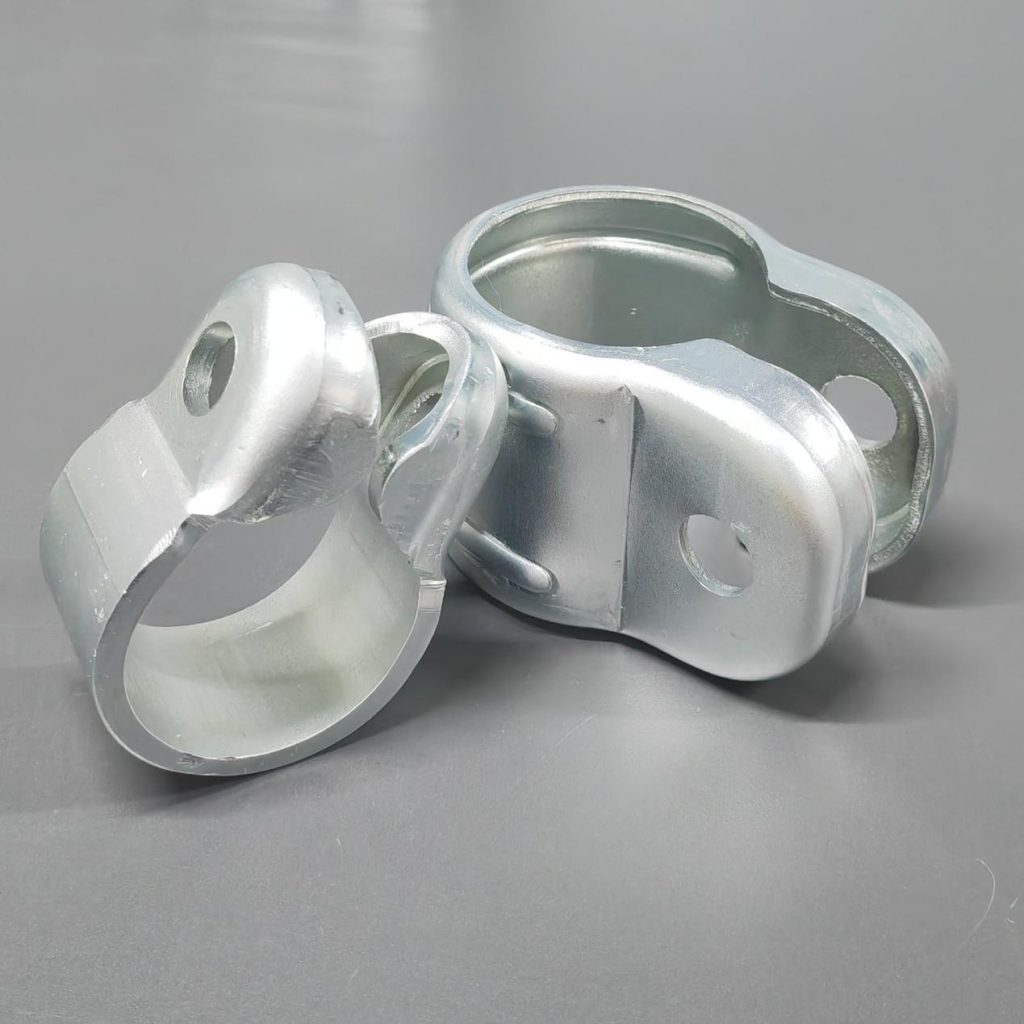How High-Strength Alloys are Redefining Stamping Process in Car Manufacturing?
Metal, molded into intricate shapes, forms the very skeleton of modern cars. And at the heart of this transformation lies stamping, a process where sheets of metal are pressed into desired forms using powerful dies. From pillars framing the windshield to the intricate curves of body panels, stamping shapes the very essence of a car. But in recent years, this age-old technique has witnessed a revolution – the rise of high-strength alloys. These metallic superheros are reshaping car manufacturing, promising lighter, stronger, and safer vehicles.
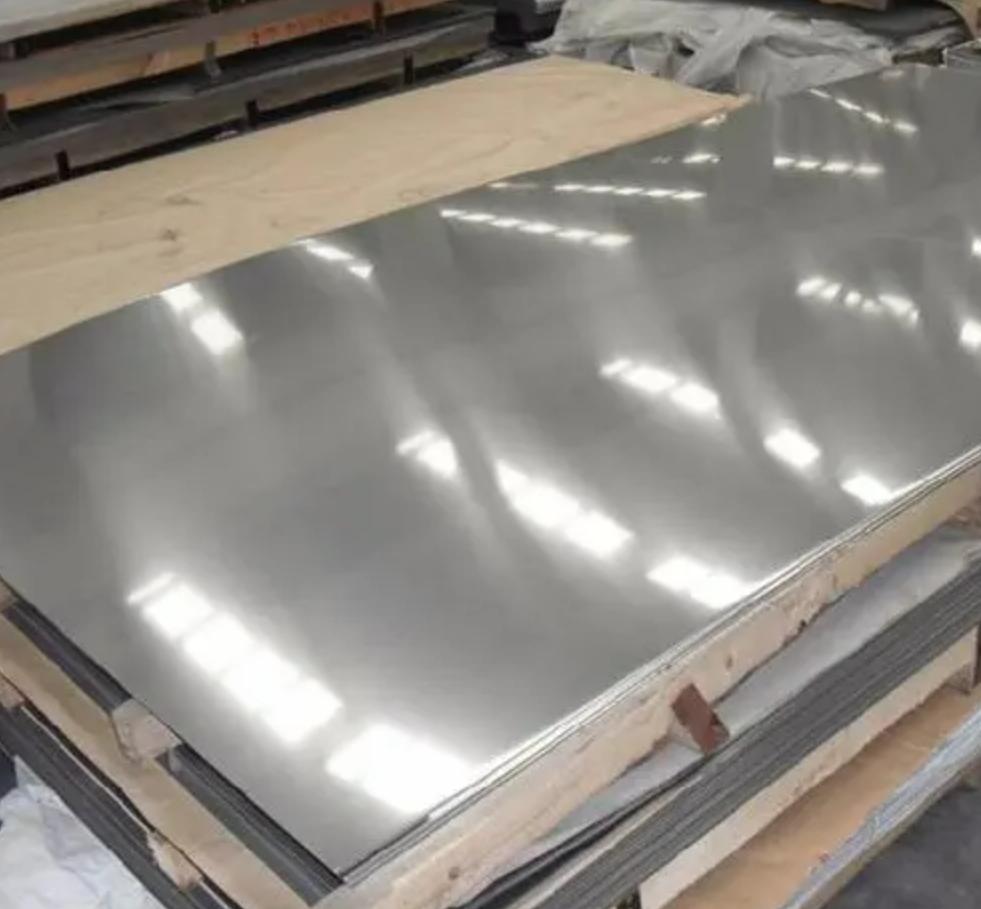
What are the High-Strength Alloys?
High-Strength alloys are not average steel. Infused with elements like boron, manganese, and niobium, they boast a potent cocktail of exceptional tensile strength, fatigue resistance, and often, reduced weight compared to traditional steels. Imagine bending steel with the agility of aluminum; that’s the kind of power these alloys wield.
Here are some specific examples of these high-strength alloys gracing the car manufacturing scene:
- Advanced High-Strength Steels (AHSS): These steels, further categorized into DP, TRIP, and TWIP steels, are the workhorses of the high-strength alloy family. They offer a remarkable balance of strength, ductility, and formability, making them ideal for stamping complex car parts like door panels and B-pillars.
- High-Strength Aluminum Alloys: Aluminum, known for its lightweight prowess, takes on a new persona when combined with elements like copper, magnesium, and zinc. These alloys offer exceptional strength-to-weight ratios, making them perfect for components like hoods and fenders, where weight reduction is paramount.
- Ultra-High-Strength Steels (UHSS): Stepping up the strength game are UHSS, boasting tensile strengths that can reach up to 1,500 MPa, almost double that of regular steel. These alloys are reserved for critical safety components like A-pillars and roof rails, where their immense strength shields passengers in the event of a collision.
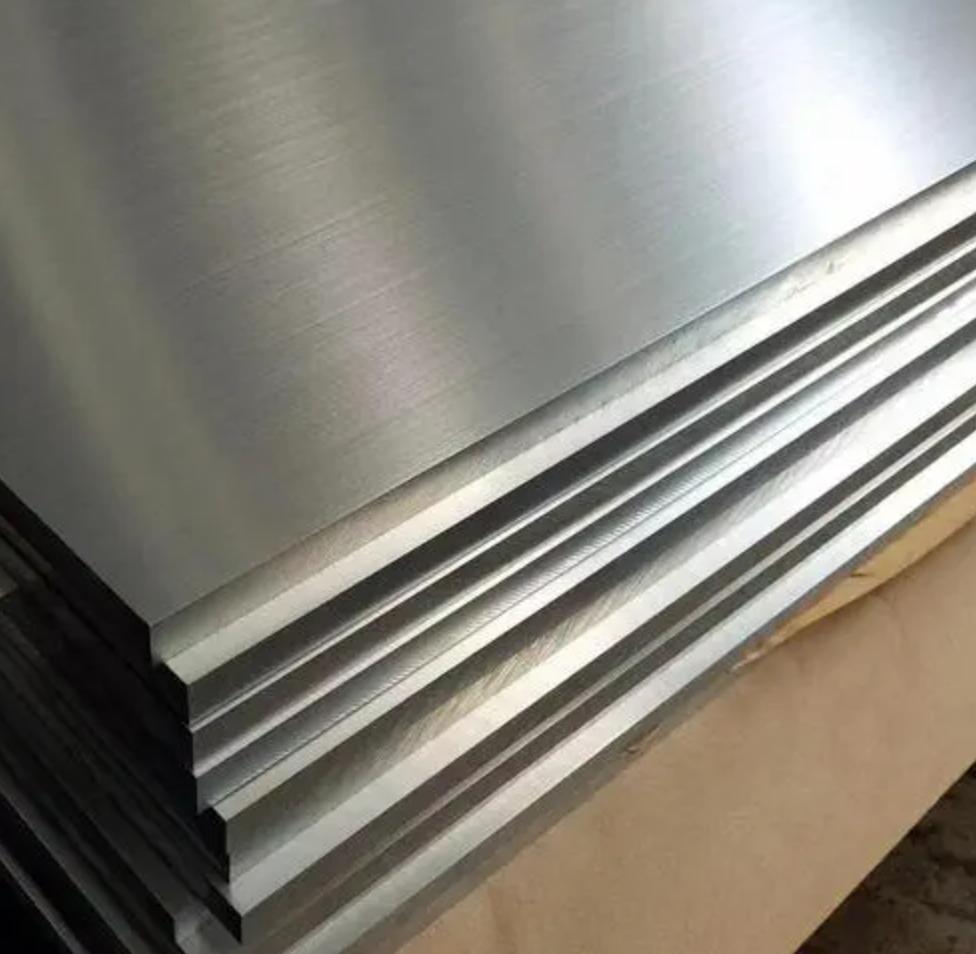
Why Choosing High-Strength Alloys in Stamping Process in Car Manufacturing?
Why the shift? It boils down to a simple equation: lighter cars equal better fuel efficiency. The decision to adopt high-strength alloys in the stamping process of car manufacturing hinges on several key advantages they offer over traditional steels:
1. Reduced Weight: This is arguably the most significant benefit. High-strength alloys pack remarkable strength into lighter material, allowing for thinner components that maintain structural integrity. This weight reduction translates to several positive consequences:
- Improved Fuel Efficiency: Lighter vehicles require less energy to propel, leading to better fuel economy and reduced emissions. Think of a car gliding down the road, its high-strength alloy frame contributing to lower fuel consumption and a cleaner environmental footprint.
- Enhanced Performance: Reducing weight translates to quicker acceleration, improved handling, and sharper braking. Imagine a car with an agile high-strength alloy skeleton, zipping through corners with newfound responsiveness.
- Increased Payload Capacity: For trucks and commercial vehicles, high-strength alloys allow for thicker cargo beds and stronger frames while maintaining weight limitations. Picture a powerful truck, its high-strength alloy chassis shrugging off heavy loads with unwavering strength.
2. Enhanced Safety: These alloys boast impressive tensile strength and fatigue resistance, allowing them to absorb more impact in collisions. This translates to:
- Improved Passenger Protection: Car parts made with high-strength alloys can crumple strategically in a crash, directing the force away from the vehicle’s occupants and absorbing energy to minimize injuries. Think of a car’s A-pillar made from UHSS, bending to protect the driver and passengers within.
- Increased Stability: The inherent strength of these alloys enhances a car’s overall rigidity, leading to improved handling and stability during maneuvers. Imagine a car taking corners with unwavering composure, its high-strength alloy structure providing a firm foundation.
3. Durability and Performance: High-strength alloys often exhibit superior fatigue resistance and corrosion resistance compared to traditional steels. This translates to:
- Longer-lasting Vehicles: Cars built with these alloys experience less wear and tear over time, leading to extended lifespans and reduced maintenance costs. Think of a car aging gracefully, its high-strength alloy frame resisting rust and dents, maintaining its structural integrity for years to come.
- Improved Functionality: The strength and stability of these alloys allow for innovative designs and features, like lighter doors that operate smoothly or thinner hoods that enhance engine performance. Imagine a car boasting sleek, lightweight panels formed from high-strength alloys, where form and function meet seamlessly.
4. Material Innovation: The constant evolution of high-strength alloys presents exciting possibilities for the future of car manufacturing. New combinations of elements and production techniques are continuously being explored, promising even lighter, stronger, and more sustainable materials. Imagine a car crafted from future-proof alloys, pushing the boundaries of performance and efficiency while minimizing environmental impact.
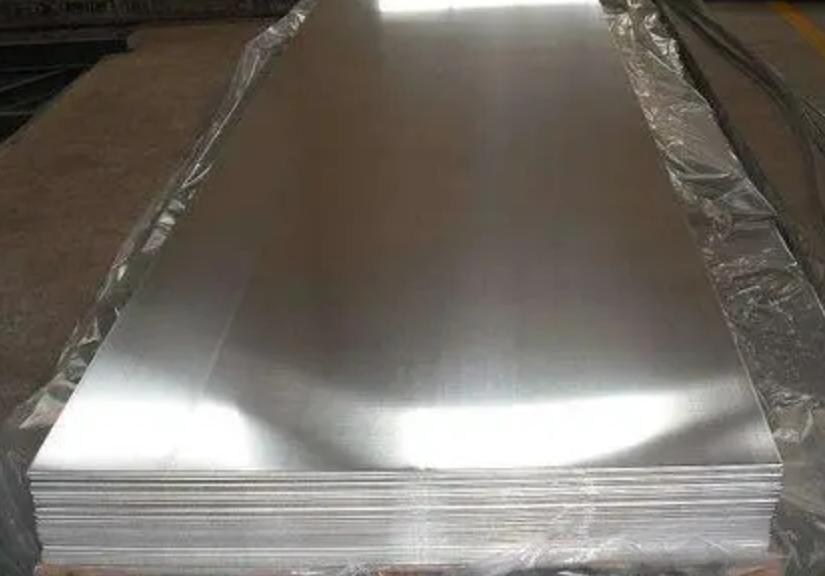
Challenges of High-Strength Alloys
However, wielding these metallic marvels comes with its own set of challenges. Their very strength presents obstacles:
- Higher Pressures: The Hulk needs a hefty punch, and these alloys are no different. Stamping them requires extremely powerful presses, often necessitating upgrades in production facilities.
- Springback: Imagine bending a spring – it tries to bounce back to its original shape. High-strength alloys exhibit a greater tendency to “spring back” after being formed, demanding precise die design and control to achieve the desired final shape.
- Cost Factor: These alloys are no bargain-bin finds. Their specialized composition and advanced processing push the price tag higher, requiring careful cost-benefit analysis before their adoption.
Despite the challenges, the future of car stamping shines bright with the promise of high-strength alloys. As researchers and engineers refine these materials and optimize production processes, we can expect even lighter, safer, and more sustainable vehicles to grace our roads. The future of automobiles, where metal meets might and innovation shapes the machines of tomorrow, is certainly an exciting one to behold.

